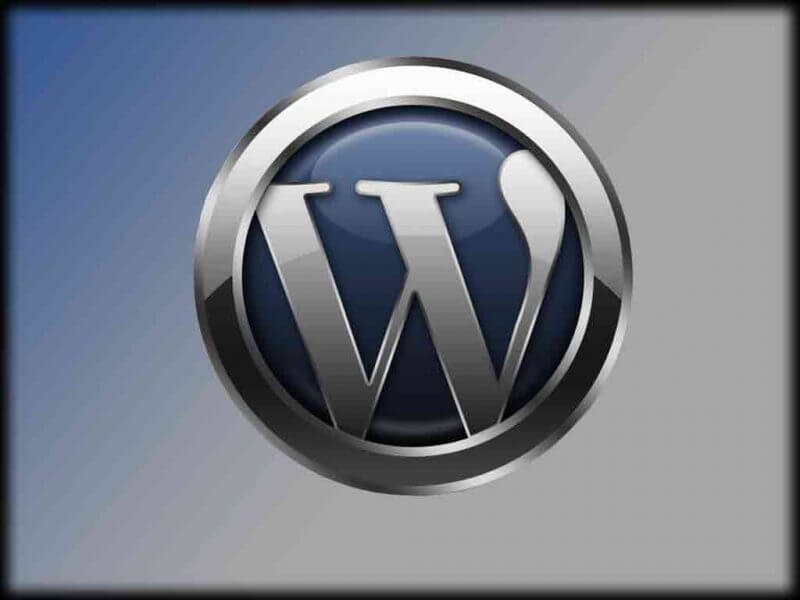How Update WordPress Manually
If you have set restrictive file permissions on your site you may have to upgrade your WordPress core, theme and plugin files manually. You may have another reason for doing so. Below we include a detailed guide on how to do this.
Upgrading WordPress Core Manually
- First create a full backup of your website. This is very important in case you make a mistake.
- Download the newest WordPress ZIP file from wordpress.org.
- Unzip the file into a directory on your local machine or in a separate directory on your website.
- Deactivate all of the plugins on your WordPress site.
- Go to your website root directory and delete your ‘wp-includes’ and ‘wp-admin’ directories. You can do this via sFTP or via SSH.
- Upload (or copy over) the new wp-includes and wp-admin directories from the new version of WordPress you unzipped to your website root directory to replace the directories you just deleted.
- Don’t delete your wp-content directory or any of the files in that directory. Copy over the files from the wp-content directory in the new version of WordPress to your existing wp-content directory. You will overwrite any existing files with the same name. All of your other files in wp-content will remain in place.
- Copy all files from the root (‘/’) directory of the new version of WordPress that you unzipped into your website root directory (or the root directory of your WordPress installation). You will overwrite any existing files and new files will also be copied across. Your wp-config.php file will not be affected because WordPress is never distributed with a wp-config.php file.
- Examine the wp-config-sample.php which is distributed with WordPress to see if any new settings have been added that you may want to use or modify.
- If you are upgrading manually after a failed auto-update, remove the .maintenance file from your WordPress root directory. This will remove the ‘failed update’ message from your site.
- Visit your main WordPress admin page at /wp-admin/ where you may be asked to sign-in again. You may also have to upgrade your database and will be prompted if this is needed. If you can’t sign-in, try clearing your cookies.
- Re-enable your plugins which you disabled earlier.
- Clear your browser cache to ensure you can see all changes. If you are using a front-end cache like ‘varnish’ you should also clear that to ensure that your customers can see the newest changes on your site.
- Your upgrade is now complete and you should be running the newest version of WordPress.




